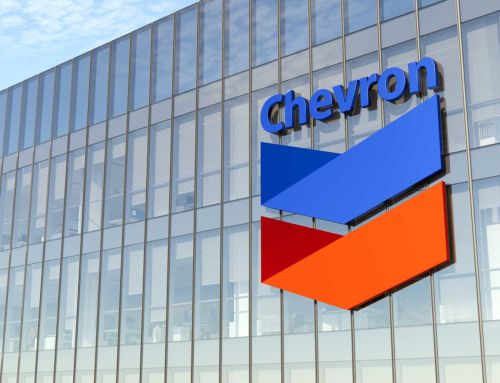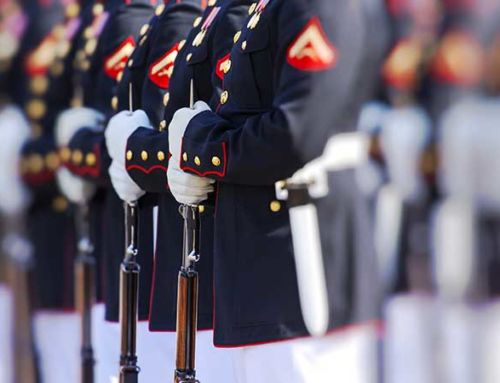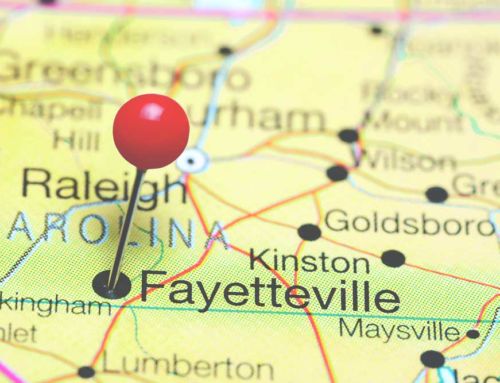PCBs = three little letters we’re starting to hear a lot about in the news — three little letters that are in many older schools, just like the ABCs in our classrooms — but nowhere near as harmless, though they may be similarly commonplace.
These three little letters are an acronym for polychlorinated biphenyls, i.e., an assortment of man-made chemicals known as chlorinated compounds. There are 209 different chlorinated compounds in all, and yet all of the different mixtures of PCBs may result in the same harm to students, teachers and school personnel over time.
What is the reason for the harm? Well, PCBs are hardy man-made chemicals that do not break down easily in the environment or in the body. And they can travel many miles through water, air and soil without requiring any known disturbance to do so. When you’re talking about a school, that means PCBs may contaminate the school’s environment even when there is no disturbance of the PCB-containing materials.
So, how did PCBs get in our schools in the first place?
The answer may just come down to what was thought to be the best then is now known not to be so. PCBs were used throughout the United States in various construction materials from the 1950s until they were banned in 1979. In schools, they were used in both construction materials and electrical parts. The unfortunate truth is that many existing schools just happened to be built during the baby boomer generation, a time when a record number of schools were constructed — and right at the time when PCBs were being used in construction materials and electrical parts.
We still do not know just how many schools are contaminated by PCBs. But we do know the damage PCBs may bring: PCBs are on the Environmental Protection Agency’s (EPA) top 10 list of most toxic chemicals and are considered probable human carcinogens, meaning capable of causing cancer.
It takes time for PCBs to accumulate in the body before they ultimately reveal just how much danger they may have caused. That’s why we are encouraging schools to reach out to us today, because testing for PCBs, and then dealing with the aftermath that may come — i.e., taking out the PCBs in such a way that is both safe for the students and everyone in the schools — is a huge, and expensive, job. We understand the delicacy of this issue and are prepared to help schools through the process of protecting themselves from PCBs and finding the money they need to pay for the removal process. It’s a difficult issue but an important one to tackle quickly… because PCBs in schools is a serious and real issue today, one that could be affecting your school.
Baron & Budd represents schools in Westport, Massachusetts in litigation against Monsanto regarding PCB contamination in area schools. Read more about this case here.
[pullquote]We encourage you to [contactlink text=”contact Baron & Budd here”] or call us at (866) 364-6376. We will provide free PCB testing to help your school with this matter.[/pullquote]


